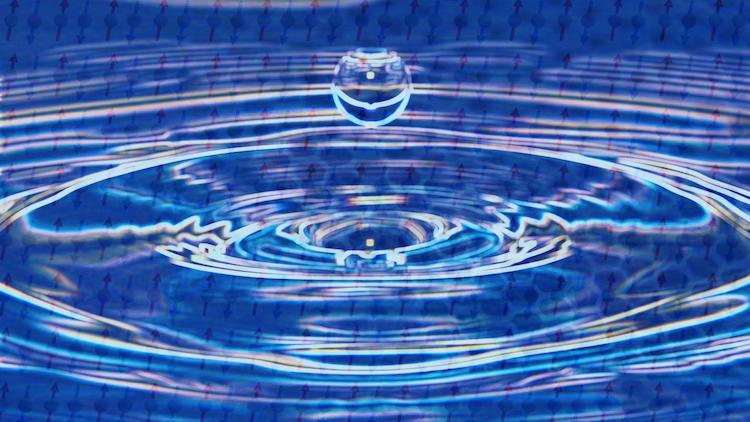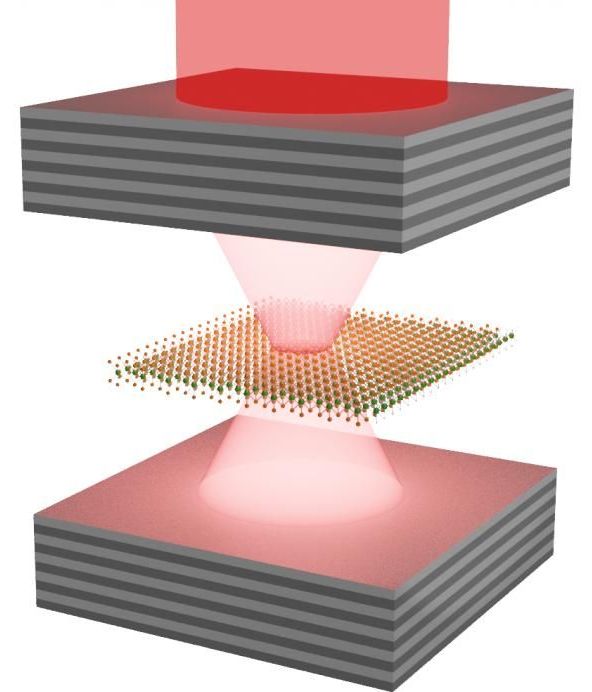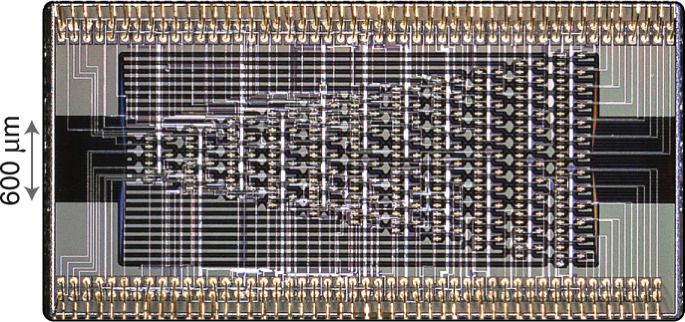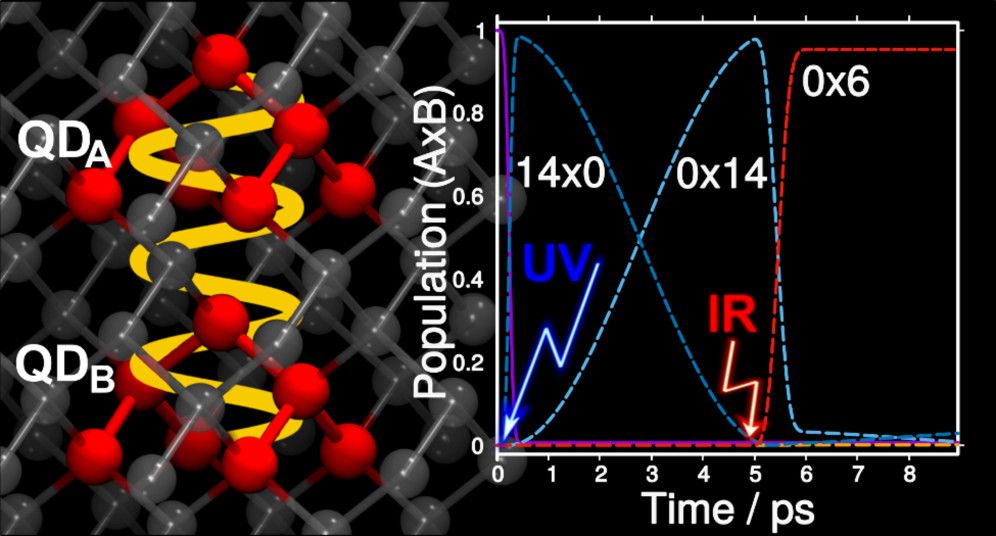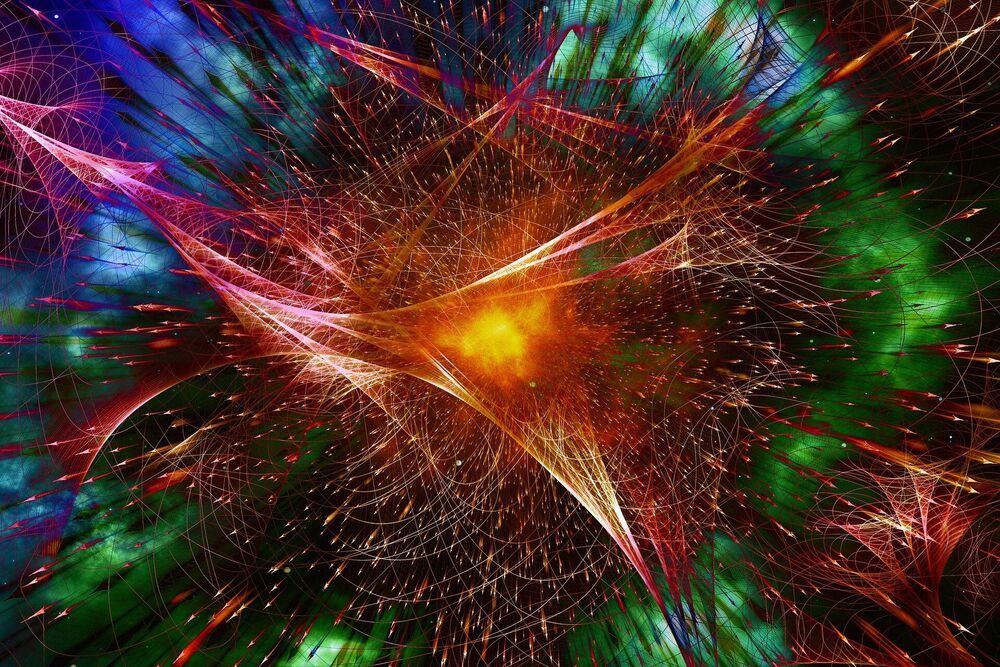Physics World
Quantum mechanics describes this frustration by suggesting that the orientation of the spins is not rigid. Instead, it constantly changes direction in a fluid-like way to produce an entangled ensemble of spin-ups and spin-downs. Thanks to this behaviour, a spin liquid will remain in a liquid state even at temperatures near absolute zero, where most materials usually freeze solid.
The holon and the spinon
To describe this behaviour in mathematical terms, the late Nobel laureate Philip W Anderson, who predicted the existence of spin liquids in 1973, proposed that in the quantum regime, an electron might in fact be composed of two distinct particles. The first, known as a “holon”, would bear the electron’s negative charge, while the second “spinon” particle would carry its spin. Anderson later suggested that this spin-charge separation might provide a microscopic mechanism to explain the high superconducting transition temperatures (Tc) that were observed in copper oxides, or cuprates, beginning in the late 1980s.
